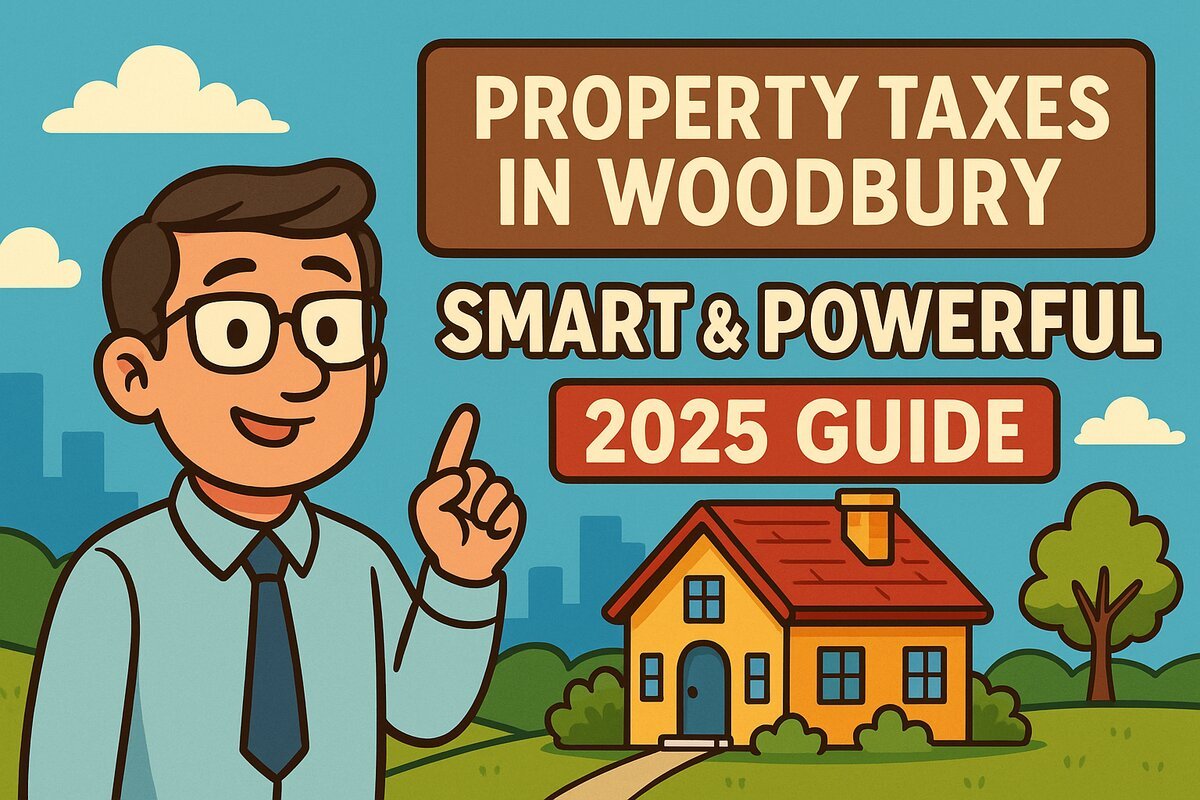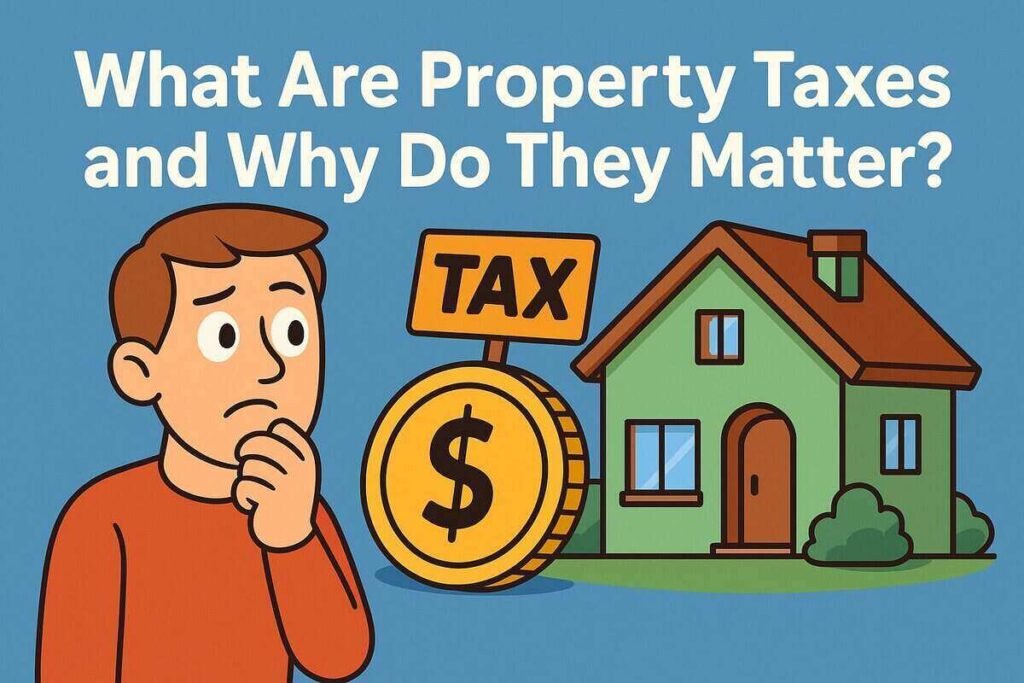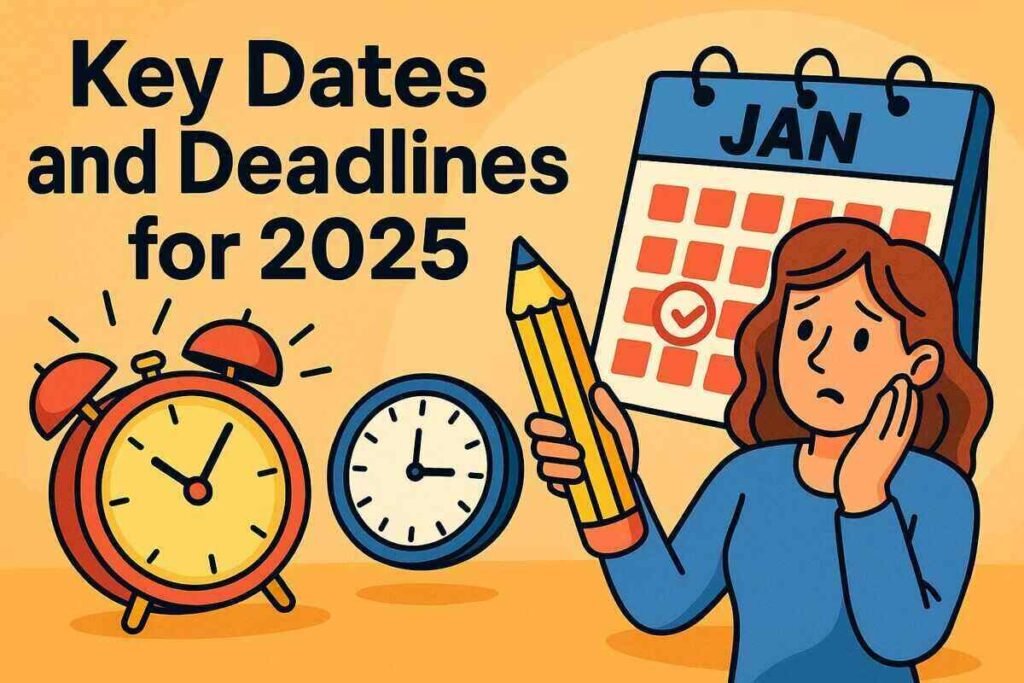Physical Address
304 North Cardinal St.
Dorchester Center, MA 02124
Physical Address
304 North Cardinal St.
Dorchester Center, MA 02124

You’ve finally bought your dream home in Woodbury, Minnesota. The neighborhood is serene, the parks are beautiful, and the schools are top-notch. But then comes the envelope that every homeowner receives annually—a property tax bill. It’s not just a number; it represents your financial responsibility as a property owner. If you’re feeling confused or even overwhelmed, you’re not alone.
Understanding property taxes in Woodbury: a 2025 guide is here to demystify what’s inside that envelope, explain how your taxes are calculated, and help you stay ahead with practical, money-saving tips.

Property taxes are local taxes assessed on real estate and paid by the property owner. These taxes fund essential community services such as:
In Woodbury, your property taxes help maintain the city’s excellent infrastructure and quality of life. According to the Minnesota Department of Revenue, these taxes are a primary source of funding for local governments.
Your property tax bill isn’t just a random figure—it’s a formula based on multiple components. Here’s how it works:
The Washington County Assessor estimates your property’s market value annually. This is not the price you paid for your home, but what it could reasonably sell for in today’s market.
Minnesota uses a tax capacity system. This is a percentage of your property’s value based on classification (residential, commercial, etc.).
Each taxing authority—city, county, school district, and special districts—sets its own rate, which is then applied to your property’s tax capacity.
Local referenda (like school bond issues) can increase your tax bill, depending on community voting outcomes.
| Component | Example Value |
|---|---|
| Market Value | $400,000 |
| Residential Class Rate | 1.00% |
| Tax Capacity | $4,000 |
| Total Local Tax Rate | 120% (combined districts) |
| Final Tax Amount | $4,800 annually |
For the most accurate estimate, use the Washington County Property Tax Calculator.

Staying informed about important tax dates can help you avoid penalties.
If you miss these deadlines, penalties and interest charges may apply.
Thankfully, Minnesota offers several relief programs to help reduce your tax burden.
If the property is your primary residence, you may qualify for a homestead exclusion, which lowers your taxable value.
Available for both homeowners and renters, this refund is based on your income and the amount of property tax you paid.
Residents 65 and older with incomes under a certain threshold may defer a portion of their taxes.
Veterans with service-connected disabilities may qualify for partial or full exemptions.
Details and eligibility requirements can be found on the Minnesota Revenue Property Tax Programs page.

Let’s clear up a few misconceptions.
Reality: They can fluctuate based on market values, levy changes, and referenda.
Reality: You can appeal if you believe your assessed value is too high. Start with your local assessor’s office.
Reality: New developments can shift tax burdens depending on how they affect school enrollment, road usage, and public services.
Annually. You’ll receive a Notice of Valuation in the spring each year.
You’ll incur late fees and interest charges. The county may also place a lien on your property.
Yes. Washington County provides online payment options via their official website.
Absolutely. A significant portion goes toward K–12 education.
Rates vary, but the average combined rate typically falls between 1.1% and 1.3% of the market value.
Understanding property taxes in Woodbury: a 2025 guide empowers you to take charge of your homeownership journey. Don’t let confusion or frustration take control. Use this guide to make informed decisions, apply for savings programs, and prepare for the year ahead.
Whether you’re a new homeowner or a long-time resident, staying proactive with your property tax planning can save you hundreds—even thousands—each year.
If you found this article helpful, be sure to share it with fellow homeowners or browse our blog for more guides tailored to smart, savvy residents like you.